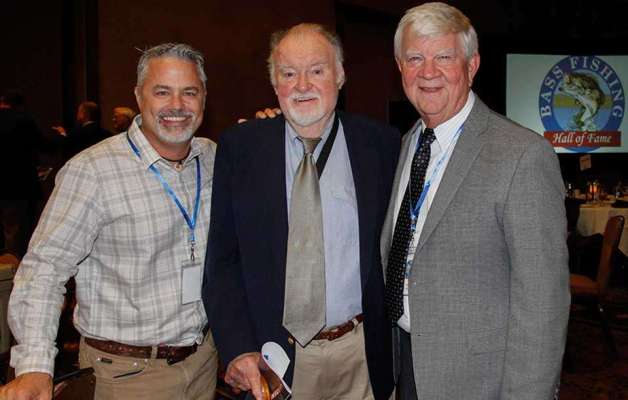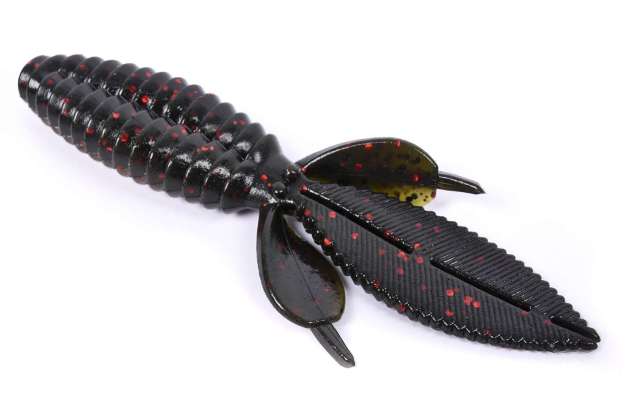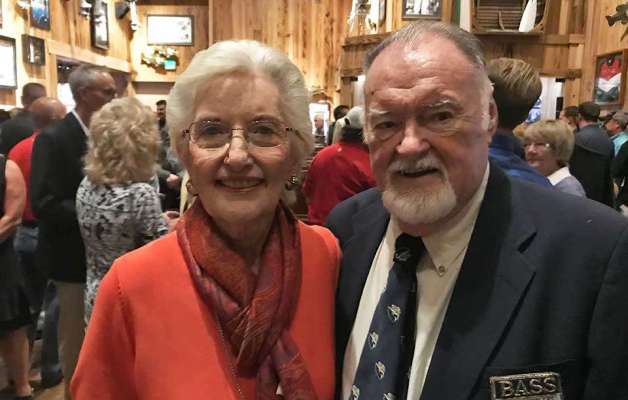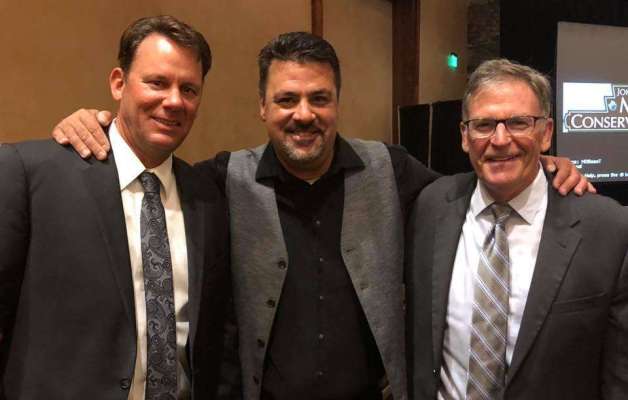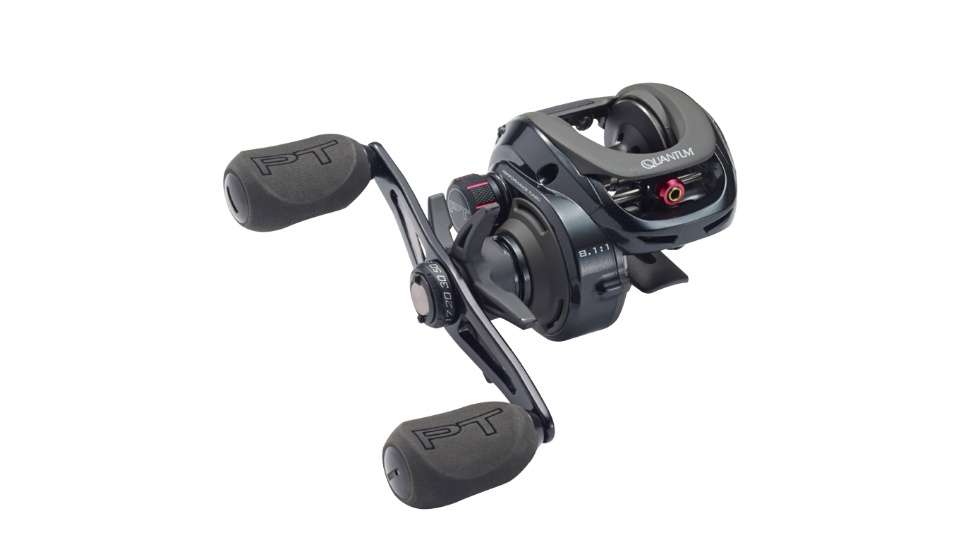
There are no sparkplugs, for instance, in a baitcasting reel, but the annual advancements in baitcasters and automobiles are uniquely comparable. It’s easy to see the cosmetic improvements, but the engineering feats hidden “under the hood” are where the rubber meets the road.
A snapshot of Quantum’s original 1310 baitcasting reel made in 1984 and today’s Quantum PT Smoke S3 captures the obvious. But you don’t have to go back that far to see the startling differences.
“When you look at one of our 20-year-old reels, you almost laugh about it,” said Bob Bagby, the vice president of marketing for Zebco Brands. “But that was the state of the art.”
It’s those advancements under the hood, however, where the quantum leap has been made, if you’ll pardon the pun. Two men are uniquely qualified to tell that story: Kevin VanDam, professional bass fishing’s version of a test driver, who has been a Quantum pro his entire 28-year career; and Bagby, who has 30 years of experience both in marketing and product management and as a research and development engineer at Zebco, the Tulsa, Okla.,-based company.
“Reels are not simple,” VanDam said. “It’s not like making a rod or a jig or a spinnerbait, where anybody can do it. Manufacturing reels is a big investment and a complex process. It’s like building an engine. That’s why there are only a few companies doing it.
“The evolution of the Quantum baitcaster is pretty mind-boggling. In the beginning, we had the Quantum Pro 1s, those first baitcasters, and they were pretty rough. We had a service trailer at the tournaments. They carried extra rods and reels for us. If a reel tore up, you could just go there and replace it. We went through a lot of them in the early days.
“These new Smoke S3 reels are the finest reels I’ve ever had in my hands. I can cast as hard as I want, and I don’t ever have to thumb the spool (to prevent a backlash). If you make a semi-smooth cast, you can’t screw it up.”
While VanDam has been the test driver, Bagby has been on the inside, helping orchestrate the often incremental changes that have accumulated into a vast improvement in performance. His background is in engineering, research and development. His career includes a few years in the automotive industry.
“At one time, Zebco was competing in the fishing industry strictly with spincast reels,” said Bagby, noting the longtime Zebco 33 and 202 models. “[Former Zebco president] John Charvat wanted to get into the market of the enthusiast and bass fishing specifically. So the Quantum brand was invented from scratch.
“That’s one reason I got hired, because we were breaking new ground. There have been lots of starts and stops along the way. What stayed the same was our commitment to the sport of fishing, particularly bass fishing.”
Quantum has taken a two-pronged approach to making a better baitcasting reel: 1) An emphasis on repeatedly testing innovations in a controlled setting, as exemplified by its multi-million dollar Q Lab in Tulsa; and 2) Putting Quantum reels into the hands of the ultimate testers, the pro anglers and guide boat captains that comprise a vast field staff.
“In the automotive industry, there’s a lot of standardized testing associated with mandates for safety,” Bagby said. “It’s a requirement. There’s none of that in fishing, no regulating body that requires quality testing.
“We decided long ago that for the best consumer experience we were going to accentuate testing both in a lab and with a field staff. We developed a set of requirements in the lab for things like drag endurance, drag smoothness, gear strength, gear endurance, bearing life, etc. We invested millions of dollars in evaluating our products. We also evaluate everyone else’s products too. If we’re deficient in an area, we can correct it. That’s a big advantage.
“But there’s no substitute for field testing. We really use our pros and captains. They will find things that you cannot duplicate in the lab.”
VanDam will attest to that, saying, “The modern high-speed reels have been a request from me from day one. I wanted faster reels. We wouldn’t have an 8.1-to-1 reel if it wasn’t for those guys listening to me.”
VanDam mentioned bigger spools that enable longer casts and bigger reel handles for additional power that are the result of Quantum engineers paying attention to the needs of pro anglers.
“It’s amazing to me the shift in just the last 10 years,” VanDam said.
One important aspect of today’s Quantum baitcast reel hasn’t shifted – the price. If anything, it has down-shifted.
“In the end, the customer wants a durable, trouble-free reel at a value,” VanDam said. “The days of $300 and $400 reels are long past. What we have now for $150 rivals what was sold for $300 just a couple of years ago. It just goes to show you how technology has bled into every facet of the industry.”
That’s one aspect that amazes Bagby as well.
“The bang for the buck and the level of performance the consumer gets today is unparalleled,” he said.
What will a baitcasting reel look like 20 years from now? That’s hard to imagine considering the unforeseen changes over the last 20 years. Consider this: The first Quantum baitcasters weighed almost 12 ounces; the 2018 Quantum PT Smoke S3 weighs 6.9 ounces.
That, in anyone’s definition, is a quantum leap.

